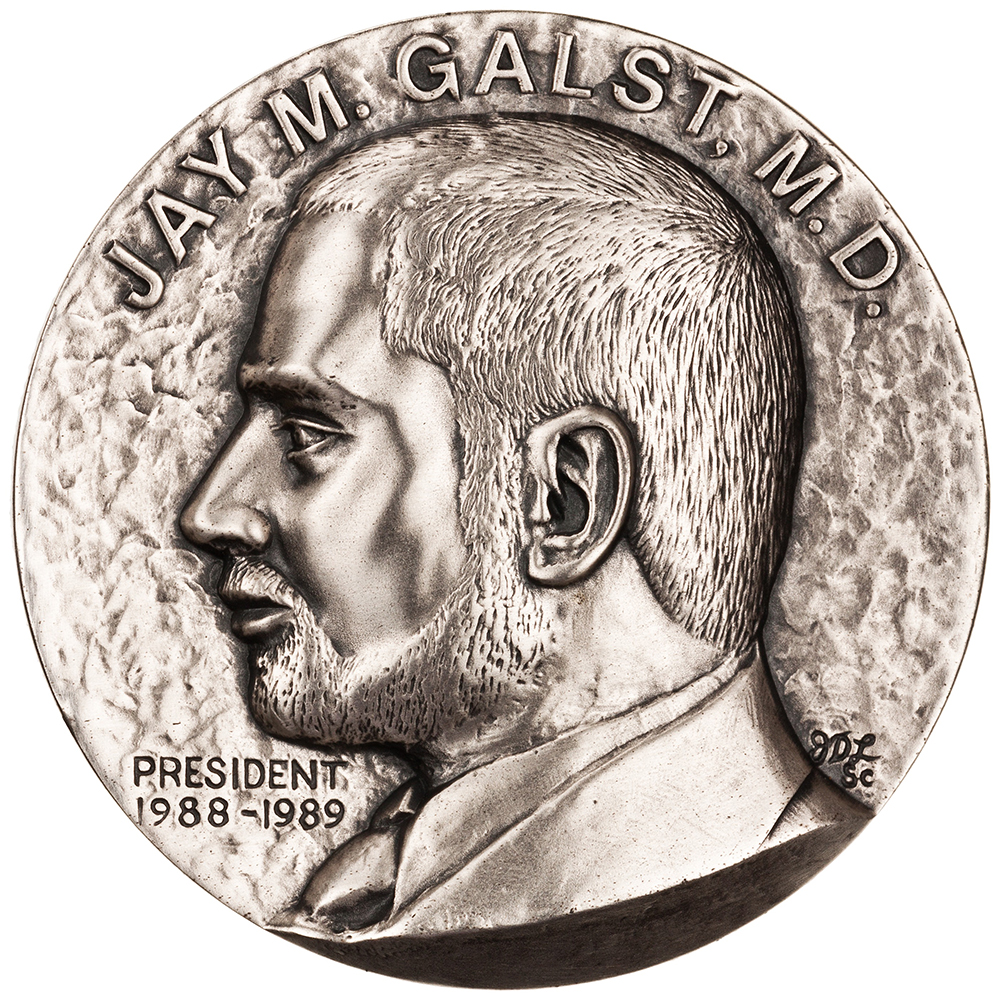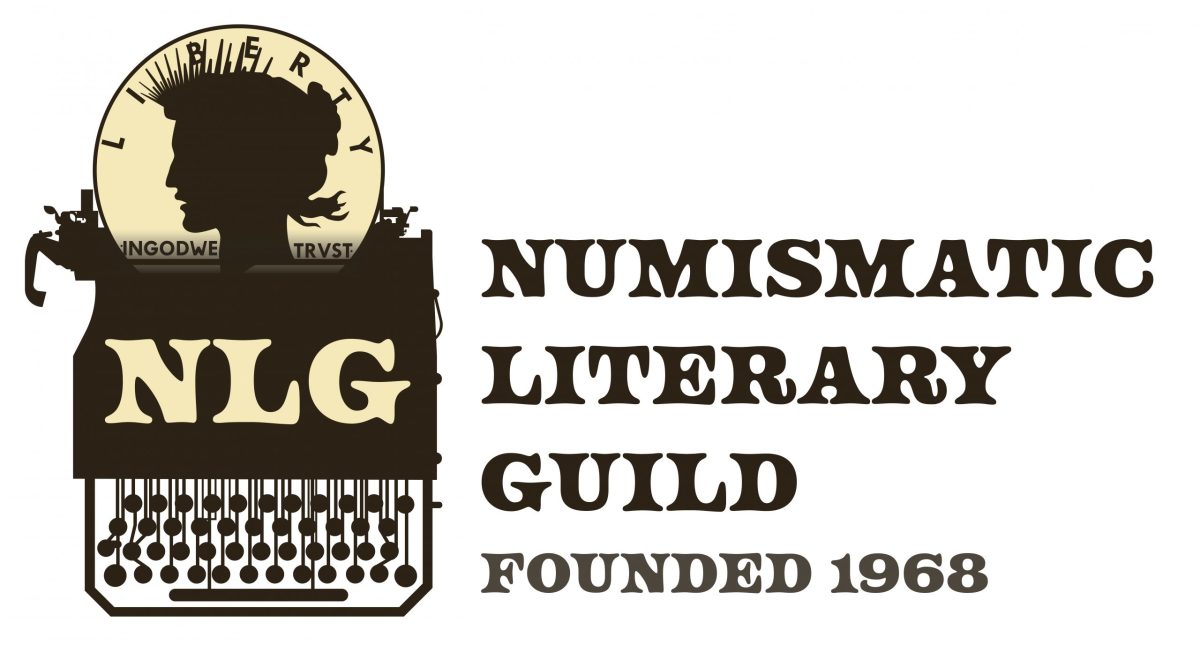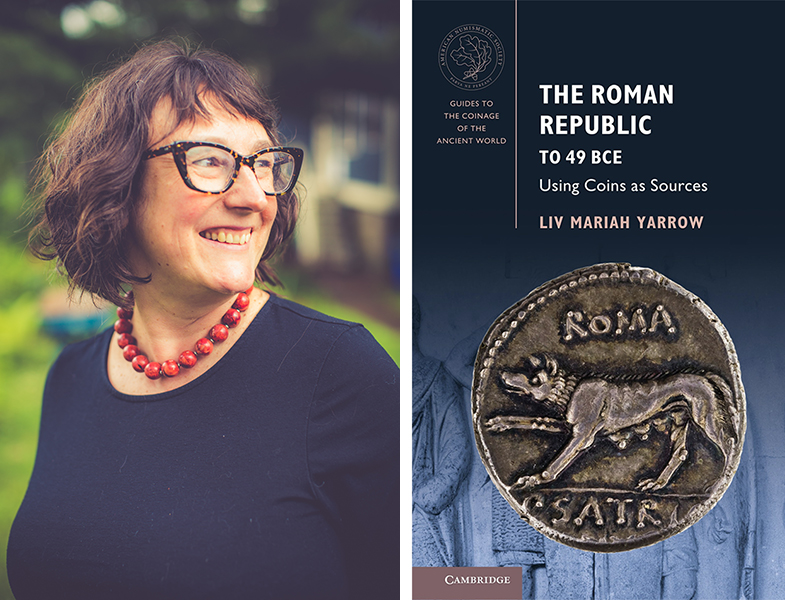Jay M. Galst, M.D.
For many, if not most of us, this last month has been some combination of truly strange and seriously awful. The spread of the coronavirus has caused hardship and harm to pretty much everyone across the globe in some fashion, the true extent of which we really won’t know for years to come. For those of us here in New York City, where the city’s great density and large population has fueled a massive and breathtakingly deadly outbreak, each of us has worried not just for our own health, but for the health of those we know. With the truly astonishing numbers of infected and dying patients that we read about in the news every day, a sense of inevitability has set in, that one of those numbers will eventually be someone close to us. That came to pass this last week when Jay Galst died from complications due to COVID-19.
Born in 1950 and raised in Milwaukee, Wisconsin, where his father Julian owned a grocery store, Jay early on developed an interest in numismatics from sorting through the coins received at his father’s store. After finishing a degree in chemistry at the University of Wisconsin in 1972, Jay moved to New York City where he completed a medical degree at Columbia University in 1976. Jay soon thereafter established a successful private ophthalmological practice and career in medicine. He was a clinical professor at the New York Medical College, a senior attending surgeon at New York Eye and Ear Infirmary, an honorary surgeon of the New York City Police Department, and an officer in the Order of St. John. He also served as a board member of the Museum of Vision and Chairman of the Collections Committee of the American Academy of Ophthalmology. In addition, he was a board member of the Cogan Ophthalmic History Society, and member and past president of the Ocular Heritage Society.
While busy with his medical pursuits, Jay found time to become a doyen of the local and the national numismatic scenes. A dedicated coin collector with an extensive knowledge of numismatics, he was a world-renowned authority on the coinage of ancient Judea and on coins and medals relating to vision and ophthalmology. He was a life fellow and Sage Society member of the American Numismatic Society, fellow of the Royal Numismatic Society, and life member, judge, and district delegate of the American Numismatic Association. Jay was a pillar of the New York Numismatic Club, serving as its president (1988–1989), member of the board of directors (1991–2020), and chairman of the board (2001–2020). He also served as president of the Bronx Coin Club (1998–2006). In 2014, he was awarded the Numismatic Ambassador Award in recognition for his work in promoting the study and appreciation of numismatics.
Jay and I first bonded over coins soon after I moved to New York City in 2002, and then over his magnum opus, Ophthalmologia, Optica et Visio in Nummis, a massive book project combining his interests in ophthalmological history and numismatics that he had been planning and working on for years before he invited me to help him bring it to completion. The hundreds of hours that we spent shoulder to shoulder on that project taught me a lot about the man sitting next to me. One was his absolutely prodigious memory: he had names, places, dates, and even page numbers, all at the tip of his tongue. I stopped double-checking eventually because he was right every time. Another was the joy he took in a well provided table, a good bottle of wine, and company to share it all with. My fondest memories of Jay, in fact, are of the meals the two of us had together, but of no single one in particular, even though some of them were truly epic. Our conversations over plates and glasses were always free-flowing and fun, his eyes twinkling and his smile broad, as we talked about numismatic discoveries, favorite wines, where again his outstanding memory really shined, and, of course, our families. He was a husband for 48 years, a father, and a grandfather and adored them all.
But mostly what I learned about Jay over the years was what a good, good man he was. In nearly twenty years of knowing him, I’ve never heard a bad word spoken of him from anyone, a true testament, if nothing else, to his unwavering kindness, generosity, and humanity, even after decades of living and working in New York City, a famously harsh place. I don’t think Jay ever lost touch with his midwestern roots, or indeed with the lessons he learned from his father, also a generous soul from the way Jay described him. Jay’s goodwill, magnanimity, and unique sort of serious playfulness made him a much-loved figure most everywhere he went.
For his friends and colleagues here in New York City and elsewhere across the country and across the globe saying goodbye to Jay has been a hard thing to do, especially under these horrible circumstances, when hearing his ever-cheerful voice would bring certain comfort. He was indeed a true physician: a steady, healing hand in our times of affliction.






